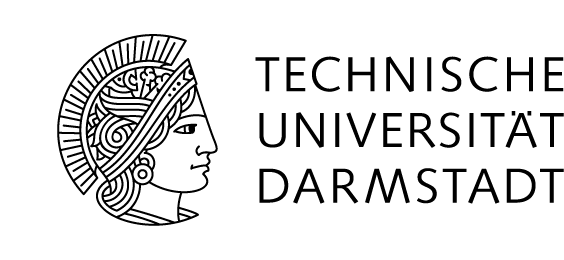Investigations of the defect structure and diffusion in ferroelectric materials
Dr. A.G. Balogh (Div. Chemical Analytics)
____________________
The phenomenon of fatigue in ferroelectric materials has mainly electro-chemical reasons. The change of macroscopic properties is referred to as the restructuring of defects induced by periodic domain movement. That restructuring (or redistribution) of defects can cause the agglomeration of point defects, the formation of various defect pairs and the charge transfer between different ions and defects. Additionally, lattice relaxation has to be considered.
Due to these processes the nominal valences (charge states) can change drastically. Dependent on the material and the sample geometry (bulk or thin film) different defects and their respective combinations have to be expected.
Until now it is not satisfactory clarified
a) how these changes really take place,
b) what is the driving force of the atomic transport processes (diffusion),
c) how the charge states vary and most notably
d) which interactions between the generated defects and the mobility of domain walls are present.
During the first promotional period we were able to gain important information on single defects and pairs of defects in PZT materials with varying doping materials (La, Nb, etc.). Theory and experiment delivered new insights into possible charge states and the activation energies of oxygen diffusion. The task for the next promotional period is to create a definite and clear correlation between these “atomic” data and the macroscopic effects of fatigue.
The methodology of analysis will be kept mostly for the next period. The defects in differently doped PZT samples will be investigated with positron annihilation spectroscopy (PAS), since this method provides an extraordinary sensitiveness for neutral or negatively charged defects. Metallic vacancies can be detected down to a concentration of 10-6 ppm.
Due to the toxicity of lead (Pb) other materials will be investigated more intensively. Candidates are mainly piezoelectric ceramics like KNN ((K,Na)NbO3) or Bi-Zn-Ti-O, Bi-Li-Ti-O, Bi-Li-Nb-O where Bi can be found on the ‘A’ lattice-position of the perovskite cell. The Bi-Li-Ti-O and Bi-Li-Nb-O systems provide the additional advantage that besides the oxygen also lithium diffusion can be investigated by means of NRA (nuclear reaction analysis).
In future, temperature dependent measurements will be emphasised since low-temperature measurement of position lifetime will lead to conclusions about the defect charge states. Mössbauer-spectroscopy experiments will be performed on 57Fe doped samples to examine the surroundings of the Fe probing atoms. We have here the important possibility to compare the collected data with the EPR measurements of project B1.
Measurements of oxygen diffusion will still be performed with secondary ion mass spectroscopy (SIMS) and nuclear reaction analysis (NRA). This methodology will be aided with further specific methods like the use of a slow position beam. Using this technique it will be possible to execute measurements with monoenergetic positrons in an energy range of 0 to 30 keV to determine the defect structure of surfaces and near-surface layers (up to a depth of approximately 1 μm). Due to the present results this is especially important for analysis of the charge separation on cycled samples, respectively the defect structure on thin ITO layers.
N-15 method (nuclear reaction analysis) will be used to investigate the influence of air humidity on the properties of the samples. With that method the distribution and the concentration of hydrogen atoms can be determined with a sensitivity of approximately 0.1 H-atoms per unit cell.

